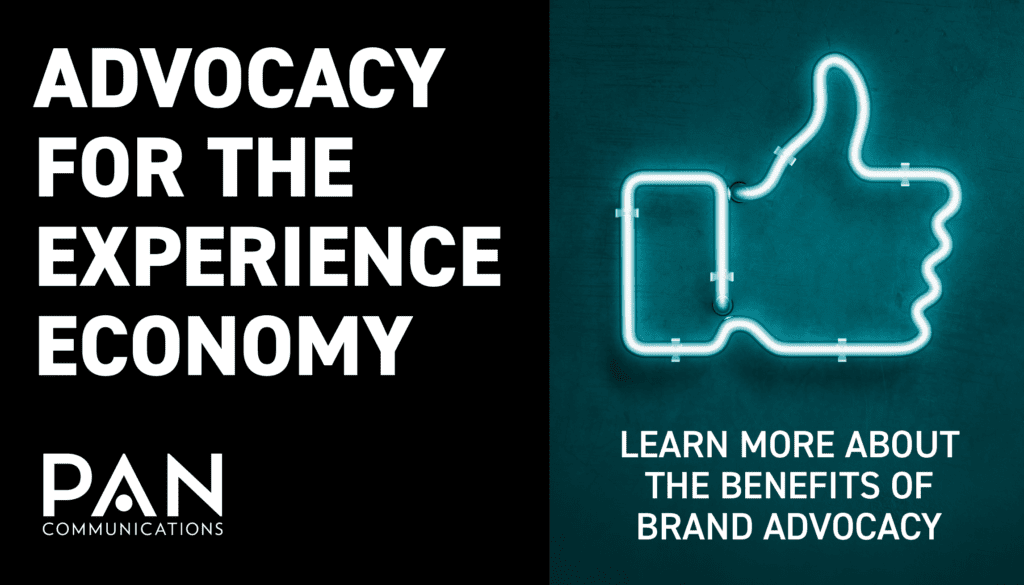One of the biggest challenges in marketing today is increasing retention and lifetime value of existing customers. By optimizing this value, brands have the opportunity to improve business performance.
The key to successfully enhancing this value is through a Voice of the Customer (VoC) program. Developing a customer advocacy approach includes many facets, including data, measurement and research.
Let’s explore what customer advocacy is, why it matters and the role of data, measurement and research in building a successful program.
What is customer advocacy?
Customer advocacy involves a focus on customer service wherein companies focus on tangible outcomes. This initiative includes a shift in culture, supported by customer-focused service and marketing.
To establish a VoC program, a brand must be passionate and relentless in the pursuit of customer needs. Why does this matter?
Buyers are more sophisticated and educated than ever before. They care just as much about how they are treated and the experience with your brand as they do about your actual product or services. Customers crave genuine, transparent brands. And customers in the modern age are all too quick to report a bad customer service interaction, which has the potential to derail your brand.
Thus, to remain competitive and continue to attract new customers, customer advocacy is a must for any company. These efforts are also tied to other forms of advocacy marketing, including employee advocacy and influencer relations. When these three programs are executed in tandem, they can drive true business impact.
Data and Customer Advocacy
 To create a robust customer advocacy plan, you’ll want to leverage the marketing data you have about your customers and continue to collect more about their interactions and engagement. You probably already have buyer personas and a customer journey map. These are two important elements that can help you understand your customers and deliver programs that matter to them.
To create a robust customer advocacy plan, you’ll want to leverage the marketing data you have about your customers and continue to collect more about their interactions and engagement. You probably already have buyer personas and a customer journey map. These are two important elements that can help you understand your customers and deliver programs that matter to them.
For example, if you infer from the customer journey map that customer service calls peak about one week after a purchase, you can dig deeper and uncover their biggest questions. With this information, you could improve your on-boarding process or provide additional information post-purchase, anticipating their needs.
As a prospect becomes a customer, that doesn’t mean you should stop gathering data about their actions. You should continue to track their interactions to determine if customers become loyal or even become advocates for your brand. For those that do, look at the path they took and why it was different than others. You can then interject improvements.
You may find that if you proactively contact customers and check in with them, they are more likely to write a favorable review of your product or service.
Measurement and Customer Advocacy
Customer advocacy can bring a host of benefits to your brand. It’s a differentiator and accelerator. It should incite customer enthusiasm and drive support of your brand. But how will you know if your VoC program is working or not? Like any other marketing initiative, it must be measured. Here are some critical metrics to track:
Measure the volume and quality of online reviews
Online reviews are vital to your brand, as about 84% of customers look at online reviews before even talking to a sales rep. It’s probably a high priority for your brand, as you know there’s ROI in this. But you are dependent on customers to leave those reviews.
You can reach out to customers in a variety of ways to ask for reviews: email, social media and even a direct mail piece. You should track how customers left you reviews, so you know which channel is most effective. Get in a habit of looking at what types of customers leave reviews and what made their experience “special.” Try to replicate that with each customer.
Social media interaction
To have a strong customer advocacy program, it’s going to involve social media campaigns that are customer-focused. The more you can get your customers to interact with you on social media, the better. They can then become your brand advocates when they share your content or leave comments on posts.
You’ll want to look at metrics like amplification rate (ratio of shares and total followers) and applause rate (ratio of likes and total followers). Also, continue to track the customer’s journey as they become more involved with your social media posts.
Long-term value
Customer advocacy is a long game, building loyalty and customers for life. Because of this, you’ll want to track the long-term value of your advocates. Consider developing a dashboard to track the revenue of that customer and if applicable, how they have contributed to other revenue with referrals and recommendations.
Research and Customer Advocacy
The third element to look at in terms of customer advocacy is the role of research. Research, in this context, means more than just understanding the demographics and behaviors of your customers; it also means understanding all your metrics around customer service and support.
Once you have benchmarks of your program, it’s time to research how that stacks up against your competitors. You may not have access to their data, but you can research their reviews, social media profiles, testimonials and other reflections of customer advocacy.
Research in customer advocacy also involves staying abreast of what’s impacting your customers. Disruption could occur in any industry. Internal and external triggers can cause the need for change. For example, you should always have a pulse on your customer’s status, so if they announce an acquisition, you should then proactively reach out to them to not only say congratulations but also “how can we help?”
Driving Business Impact Through Customer Advocacy
Creating a VoC program has the potential to reap a competitive advantage for your business. It can validate your unique selling proposition with reviews and testimonials. It can also lead to healthier customer retention. Once you have a well-defined system built, customer advocacy can transform your marketing strategy.
If your brand is ready to elevate its customer focus, then customer advocacy should be your next step. Have questions? Aren’t sure where to start? Contact us today to see how we can help.



